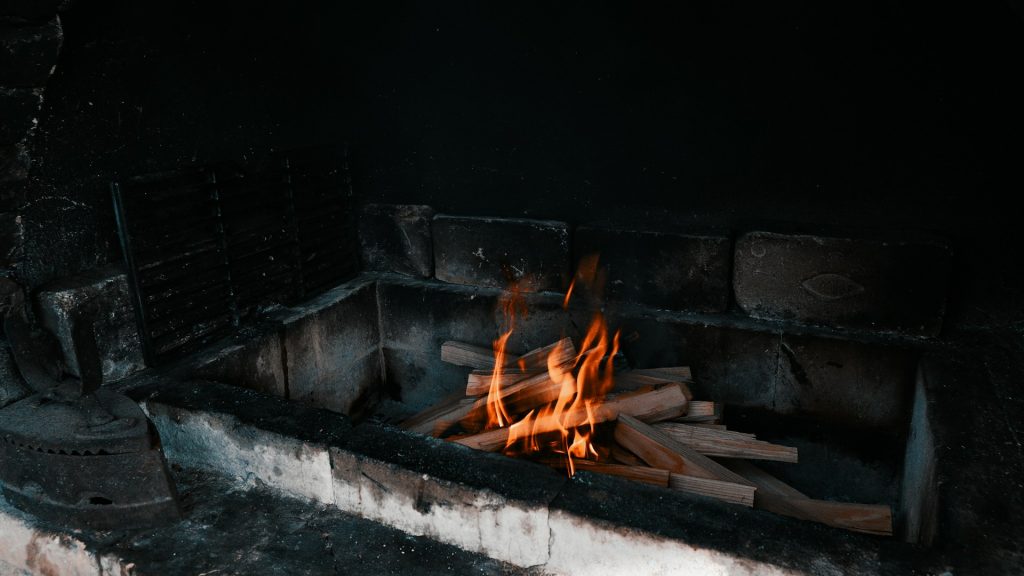Dry vs. Wet vs. Protein Soot: How Houston Restoration Experts Remove Each Type After Kitchen Fires Using HEPA Vacuums, Chemical Sponges, and Enzyme Cleaners
April 28, 2025When dealing with soot damage after a kitchen fire in Houston, you need to understand the three main types: dry, wet, and protein soot. Dry soot, caused by high-temperature fires, leaves a powdery residue that can spread quickly if not contained, and it often requires HEPA vacuums for thorough removal. Wet soot, resulting from low-heat fires, creates a sticky, oily mess that smears without the right solvent, while protein soot, from grease and burnt food, is almost invisible but carries a strong odor, necessitating enzyme cleaners for effective removal.

Understanding the 3 Types of Soot After a Kitchen Fire in Houston
When a kitchen fire occurs in your Houston home, you’ll likely encounter one of three types of soot: dry, wet, or protein soot. Each type is produced by different burning conditions and requires distinct cleaning methods. Understanding these differences is essential, as dry soot from high-temperature fires is powdery and easier to clean, while wet soot from smoldering fires is sticky and odorous, and protein soot, often from cooking fires, leaves a strong smell and invisible residue.
Kitchen fires produce dry, wet, or protein soot depending on what burns—each needs a different cleaning method and care strategy
After a kitchen fire, you’re likely to encounter one of three types of soot: dry, wet, or protein soot. Dry soot, from high-temperature fires, is powdery and easier to clean with HEPA vacuums and chemical sponges. Wet soot, from low-temperature fires, is sticky and requires careful cleaning to avoid smearing. Protein soot, from burned food, is invisible but leaves strong odors and discoloration, necessitating enzyme cleaners for effective removal in Houston. Wet soot vs dry soot fire damage demands different approaches, with chemical sponges being essential for both types during fire restoration.
Dry Soot: Powdery Residue That Spreads Fast If Not Contained
When dealing with dry soot after a kitchen fire, you need to act quickly to prevent its powdery residue from spreading. Professionals use HEPA vacuums to safely lift the fine soot particles without smearing them or releasing them back into the air. Chemical sponges, specifically designed for soot removal, are also employed to guarantee thorough and safe cleanup of this dry, powdery residue.
Professionals use HEPA vacuums and chemical sponges to lift fine soot safely without smearing or going airborne
To effectively remove dry soot, professionals rely on a combination of HEPA vacuums and chemical sponges. HEPA vacuums are essential for soot removal as they capture fine particles without releasing them back into the air. Chemical sponges, used by companies like Amazing Renovations during fire cleanup, gently lift soot from kitchen walls without smearing or making it airborne, ensuring a safe and thorough fire restoration process.
Wet Soot: Sticky, Oily Mess That Smears Without the Right Solvent
When dealing with wet soot, you’re facing a sticky, oily mess that smears easily and is particularly challenging to clean. This type of soot, often resulting from low-heat fires involving synthetic materials like plastics and rubbers, requires specific cleaning tools such as degreasers and microfiber towels. To fully restore your property, professionals may also use fogging techniques to neutralize the strong, lingering odors associated with wet soot.
Wet soot from synthetic materials requires degreasers, microfiber towels, and sometimes fogging to neutralize lingering odors
After a kitchen fire, you may be faced with the challenging task of cleaning up wet soot, a sticky and oily mess that results from the combustion of synthetic materials like plastics and polymers. To tackle this, use degreasers and microfiber towels to remove the soot. For lingering odors, an enzyme cleaner for fire damage can be effective. In some cases, a thermal fogger may be necessary for thorough grease fire odor removal and odor control.
Protein Soot: Invisible but Odorous Residue from Grease and Burnt Food
When dealing with protein soot, you’re facing an invisible but highly odorous residue, often resulting from kitchen fires involving grease and burnt food. To tackle this, experts use enzyme cleaners to break down the protein-based particles, as well as ozone or hydroxyl generators to neutralize the strong smells. Thermal fogging is also employed to recreate the fire’s conditions and effectively remove the residue and odors from your home.
Experts turn to enzyme cleaners, ozone or hydroxyl generators, and thermal fogging to eliminate this hard-to-see contamination.
Protein fires, characterized by the burning of high-protein foods like meat, fish, and eggs, leave behind a unique and challenging type of contamination. When dealing with protein soot in kitchen fire restoration in Houston, a houston smoke damage expert will use enzyme cleaners to break down the protein-based residue. Additionally, ozone or hydroxyl generators and thermal fogging are employed to eliminate the strong odors and invisible contamination, ensuring a thorough restoration after a protein fire.
